

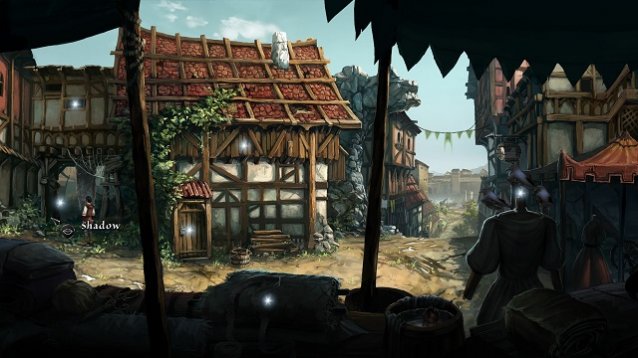
Recent years have seen adventure games - a genre devoted to delivering a good story and challenging puzzles - make a comeback after their unfortunate decline in the 1990s. One company notably assisting in that revival is Daedalic Entertainment, a developer responsible for the highly enjoyable Deponia and medieval fantasy adventure The Dark Eye: Chains of Satinav. Now they're close to releasing the latter's sequel, titled Memoria, and I couldn't have been more enthused to play through the preview build they sent us.

Memoria begins shortly after the events of the previous game, though it's not entirely necessary to have played it. Geron, a bird catcher turned hero, is no longer an outcast in his home kingdom of Andergast. But his victory came with a cost. His companion lost her body and was transformed into a raven. Vowing to restore her, he seeks out the merchant Fahi who promises Geron a powerful spell if he can only solve a riddle. That riddle, however, turns into a far greater and dangerous adventure.

What makes Memoria's tale so compelling is that Geron isn't its only protagonist. His quest forces him to relive memories of a past nearly five centuries gone to not only solve the riddle but understand the events surrounding it. In those dream sequences you take control Sadja, a princess from a civilization now lost. She's a strong-willed woman with a desire to become a hero, believing her name will be known as such if she can deliver an instrument of victory to mankind to use against the demonic hordes. Their journeys weave together as the game progresses, past and present colliding, creating an intriguing mystery further fueled by the early reveal that Sadja's story has been forgotten to history despite her apparent success.
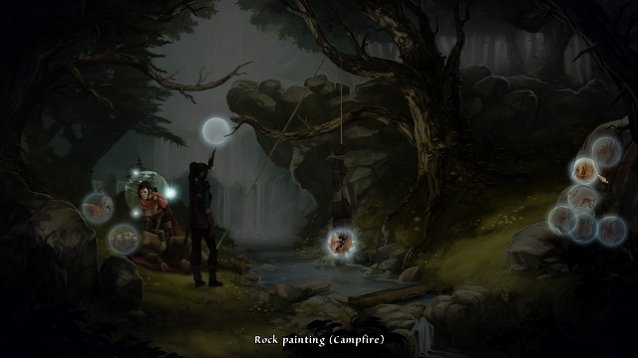
Their stories are aided by a believable world, thanks in no small part to the game's lovingly crafted visual style. Nearly all it is hand drawn and bountiful with minute detail that gives every frame a lived-in and expansive appearance. And though magical powers and races are present, the game never overstates them. That had the effect of making powerful displays all the more interesting.
Magic also has a part to play in Memoria's puzzles, as both Geron and Sadja have access to a few simple spells. Geron, for example, can repair and destruct various weak items. Sadja had the greater repertoire in the preview build with the abilities to petrify smaller objects, interact with magical devices, and even send visions to people to convince them to take an action they wouldn't ordinarily do. These add complexity to the already head-scratching puzzles, but those I encountered didn't seem quite as time consuming to solve as its predecessor's.
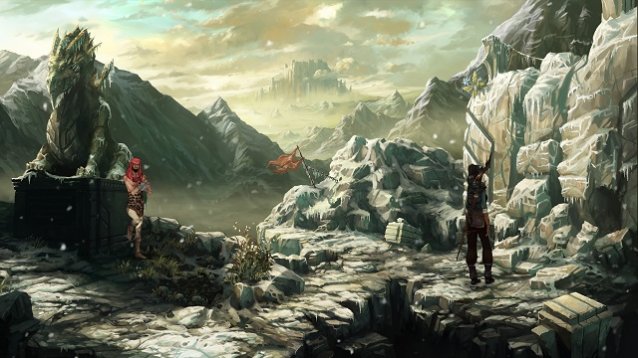
If the first half of Memoria I played is any indication, then Daedalic Entertainment is set to deliver a sequel that may rise above the already great Chains of Satinav. This beautiful, engrossing adventure game will be released later this year, a wait that's going to prove almost as difficult as its challenging puzzles.

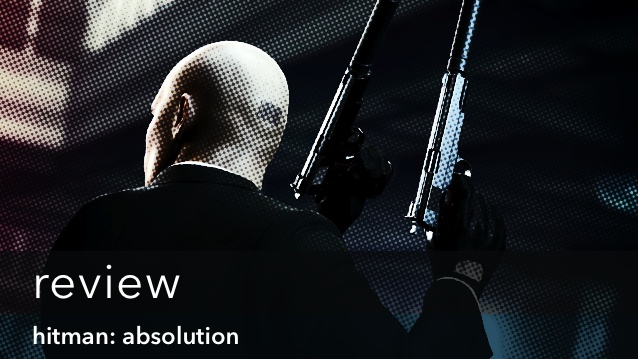
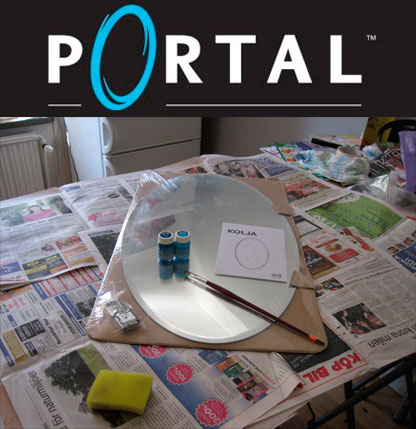
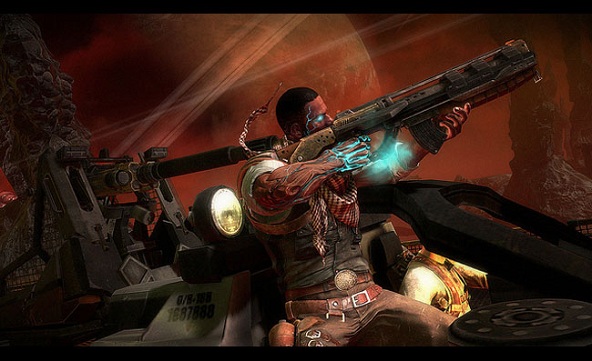
 Assassin’s Creed 3 Guide: Feathers, Almanac, Inventions & Trinkets Locations
Assassin’s Creed 3 Guide: Feathers, Almanac, Inventions & Trinkets Locations Tips for playing Destiny Multiplayer Beta
Tips for playing Destiny Multiplayer Beta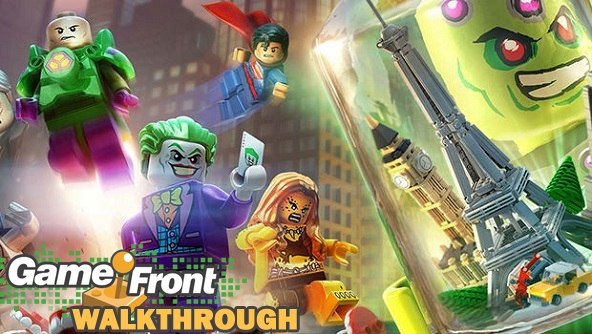 Lego Batman 3: Beyond Gotham Walkthrough
Lego Batman 3: Beyond Gotham Walkthrough Destiny Guide: How to Wreck with the Titan Class
Destiny Guide: How to Wreck with the Titan Class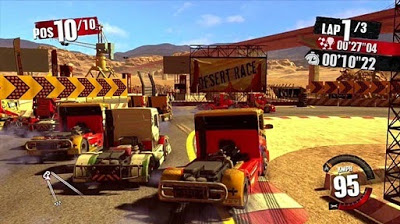 Best Truck Simulator games for PC and Smartphones
Best Truck Simulator games for PC and Smartphones